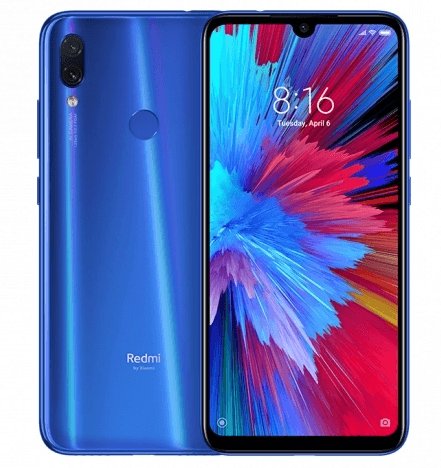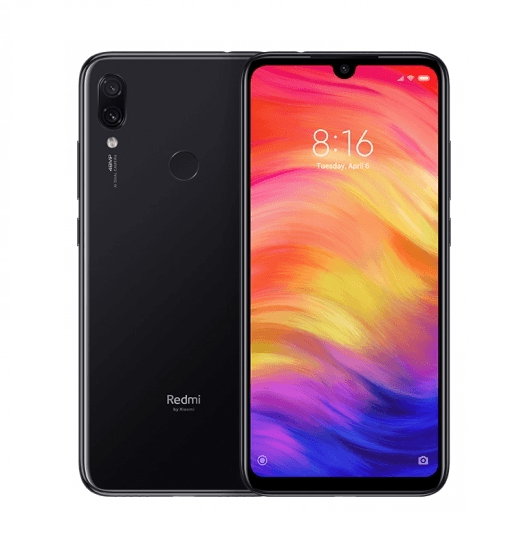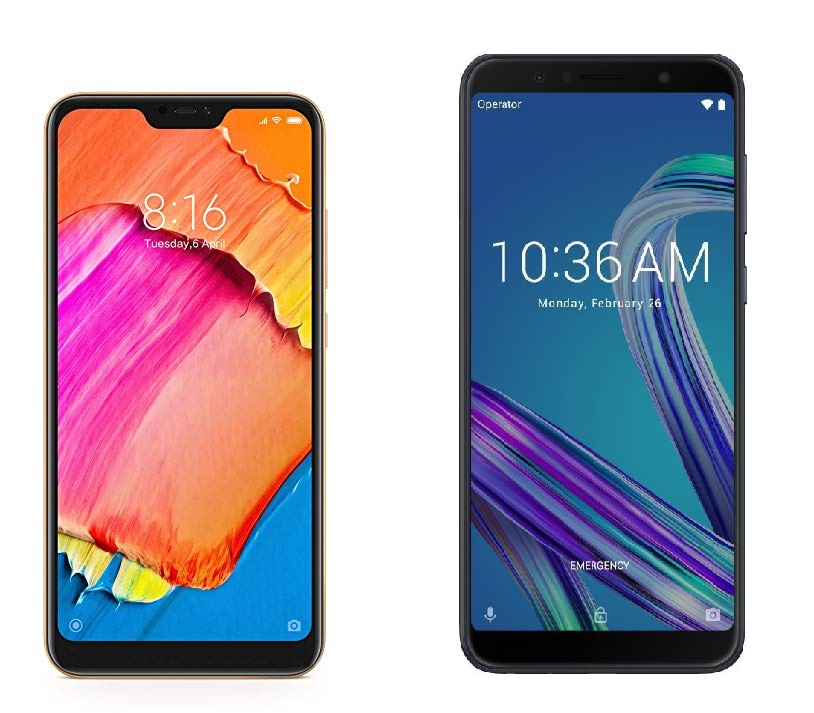Much anticipated Redmi K20 Pro is finally launched in China. It is expected to launch in India very soon. Top notch hardware specifications with aggressive pricing is the key attraction of this device. In this post, we will cover some of the impressive features of Redmi K20 Pro.
China price of Redmi K20 Pro is 2499 Yuan for the base variant. This is approximately INR 25,000. Redmi officially not disclosed the Redmi K20 Pro price in India. However, taking clue from China pricing, it is expected to priced around 25k in India for the base variant. If that is the case, it will give tough competition to OnePlus 7 Pro and Asus 6z.
Redmi K20 Pro- 6 Key Features

Qualcomm Snapdragon 855 SoC
The new Redmi K20 Pro comes with Snapdragon 855 SoC. This is the same SoC used on OnePlus 7 Pro, Asus 6Z etc. At the launch event, company revealed Antutu benchmark score of 388,803.
Upto 8GB of RAM and 256GB of internal storage
Redmi K20 Pro comes in 4 variants. 6GB RAM and 64GB storage, 6GB RAM / 128GB storage, 8GB RAM and 128GB, 8GB RAM and 256GB storage.
Notch Less Display Panel
The new flagship from Redmi comes with a 6.39-inch Super AMOLED notch-less display with a screen resolution of 1080 x 2340 pixels. This is the first phone to feature notch less display from Redmi smartphones in India. It also has DC dimming feature which will reduce the screen flickering issues.
In-Display fingerprint scanner
This is another first for a Redmi smartphone in India. Redmi K20 pro comes with an optical in-display fingerprint scanner. We have very few smartphones which has in-display fingerprint scanner in a sub 20k price rage.
Pop-up Selfie Camera
Redmi K20 Pro will have 20MP pop up sensor camera with AI-powered modes and features. In the rear it has triple camera setup. It has Sony 48MP IMX 586 as its primary sensor coupled with a secondary 13MP secondary ultrawide lens and a third 8MP telephoto lens.
Fast Charging Support
This new Redmi Flagship smartphone houses 4000 mAh battery with fast charging technology supporting upto 27W.
Redmi K20 Pro Chinese variant has all the features of a flagship at least on paper. If Xiaomi releases the phone with aggressive pricing relatively equivalent to Chinese pricing, then it will be a great value for money.


